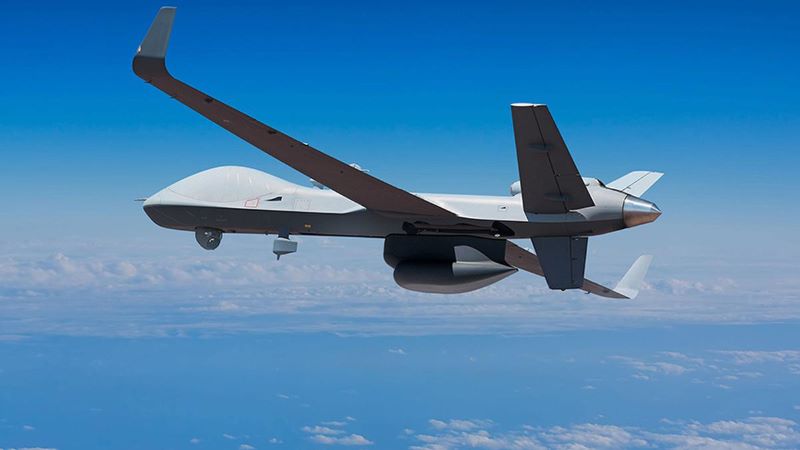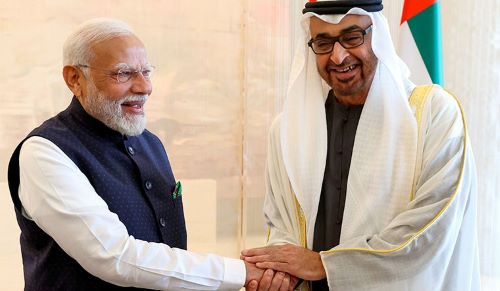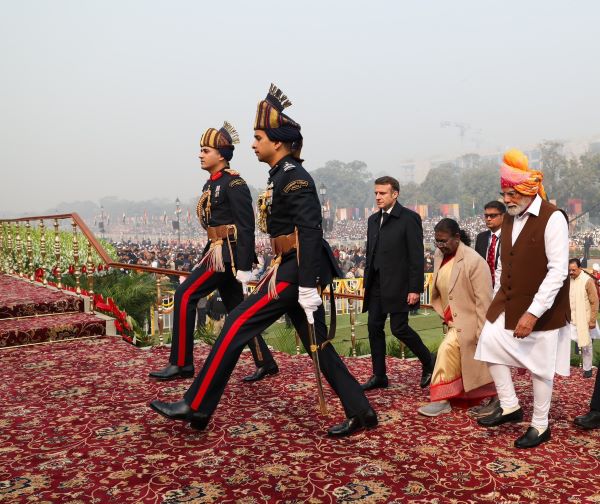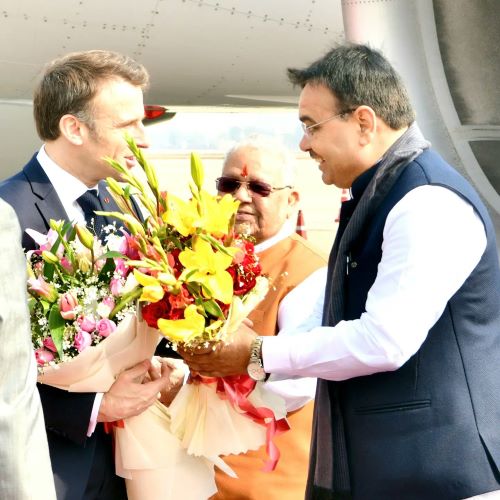Ahead of Prime Minister Narendra Modi’s visit, America is pushing the sale of its armed drones to India. The Biden administration is actively pursuing the deal so that it can be signed when PM Modi meets President Biden later this month, the Reuters reported.
India and the US might conclude a drone deal worth billions of dollars at the time of Prime Minister Narendra Modi’s state visit to the United States. Both countries are in talks for the MQ-9B predator armed drones, which are seen as a key part of India’s national security and defence needs. Reports say, India is mulling the number of drones to be taken and is negotiating to include some indigenous element to the deal under its Make in India policy. India is seeking components of the equipment to be domestically manufactured and this is the likely cause of delay in the contract. The two sides hope to reach a consensus by the time PM Modi reaches Washington DC.
There are indications that both sides discussed the matter as National Security Advisor Ajit Doval and his US counterpart Jake Sullivan held a bilateral meeting in Delhi on Wednesday. Sullivan was in India for a two day visit.
The drone deal is in the offing for some years now. The Hindu had reported in August 2022 that India is in an “advanced stage” of negotiations with the U.S. to procure 30 MQ-9B Predator armed drones for over $3 billion to crank up its surveillance apparatus along the frontier with China as well as in the Indian Ocean region.
The MQ-9B SeaGuardian is a maritime-focused drone developed by General Atomics. It can fly for over 30 hours in weather conditions of every type and can be used in a variety of operations. Negotiators are counting on Prime Minister Narendra Modi’s White House visit to result in a breakthrough.
The Quad member countries, the United States, India, Australia and Japan, all operate, or have operated, the MQ-9B SeaGuardian.
India is currently leasing MQ-9Bs as part of an intelligence-gathering operation.
Reuters quoted a person familiar with the discussions as saying that the defence ministry had, until last week, still not determined how many drones it wants to buy.The number, which was initially 30, was revised to 24 before being lowered to 18.
If the deal comes through, India would become the first non-NATO state to receive armed UAVs that could be deployed at its borders and in the Indian Ocean Region.
The Reuters reported that the Biden administration is pushing New Delhi to cut through the red tape and advance the deal ahead of Modi’s visit.
India is also seeking components of the equipment to be domestically manufactured, something that could complicate any deal. According to The Wire, the Indian Navy wants 60 per cent of the weapons system to be sourced locally.
The Wire quoted Vice Chief of Staff Vice Admiral S.N. Ghormade in February as saying that the deal was being pursued “but we are seeing how it can be indigenised and whatever facilities can be built (for it) in India.”
The Biden administration is keen on signing this deal as soon as possible, which will create jobs and would be politically beneficial ahead of the next year’s presidential elections, PTI quoted sources in February.
According to The Wire, experts have stated the need for such drones to keep China and Pakistan’s UAVs at bay.
The Chinese-designed UAV given to Pakistan can stay in the air for 20 hours and fly at a speed of 370 kmph.
The SkyGuardian and SeaGuardian can deliver full-motion video in virtually any conditions, day or night, as well as other kinds of detailed sensing with their onboard systems,” Vivek Lall, chief executive, General Atomics Global Corporation, told PTI.
“The aircraft also can carry a wide variety of specialist payloads if they must adapt to a specific mission. A SkyGuardian becomes a SeaGuardian, for example, when it carries a 360-degree maritime search radar that gives users a quality of maritime domain awareness they can’t achieve any other way,” he said.
“In short, MQ-9B is the premier multi-role, long endurance remotely piloted aircraft in the world today. It is in high demand. Japan, Belgium, Great Britain, and several other nations are flying or are on track to begin flying them,” Lall said.
See Also: https://indiadiplomacy.in/india-us-decide-to-upgrade-defense-partnership/





